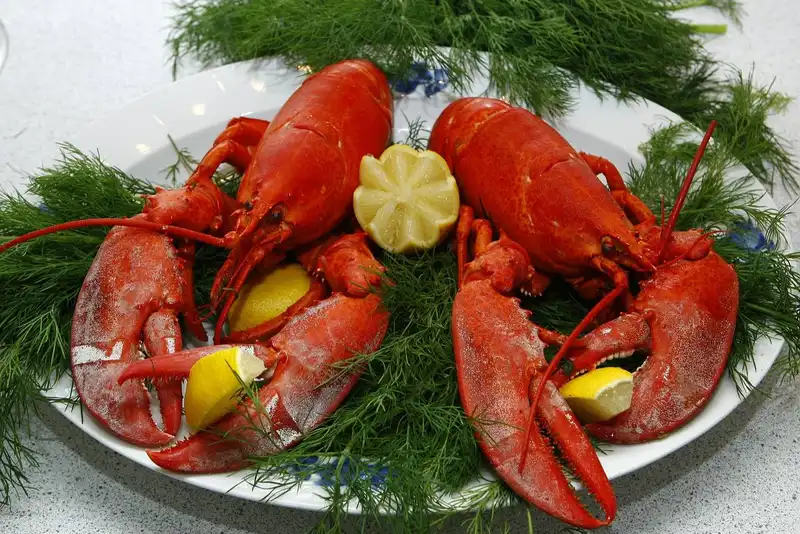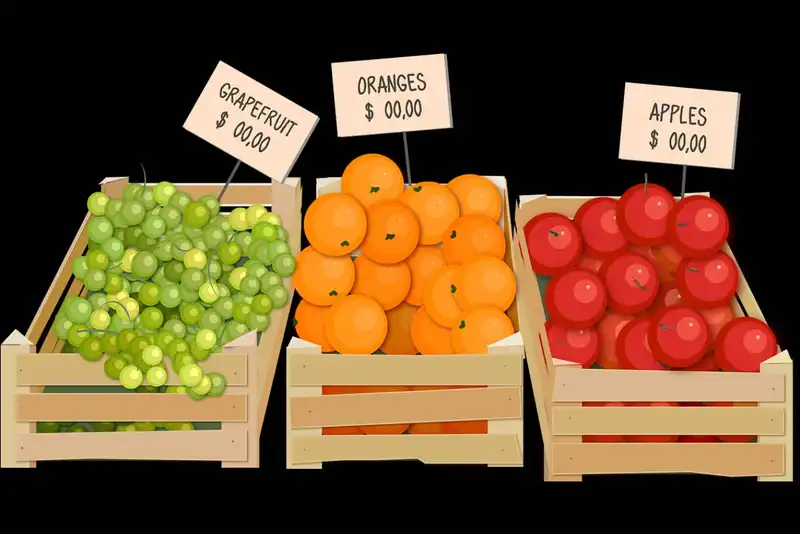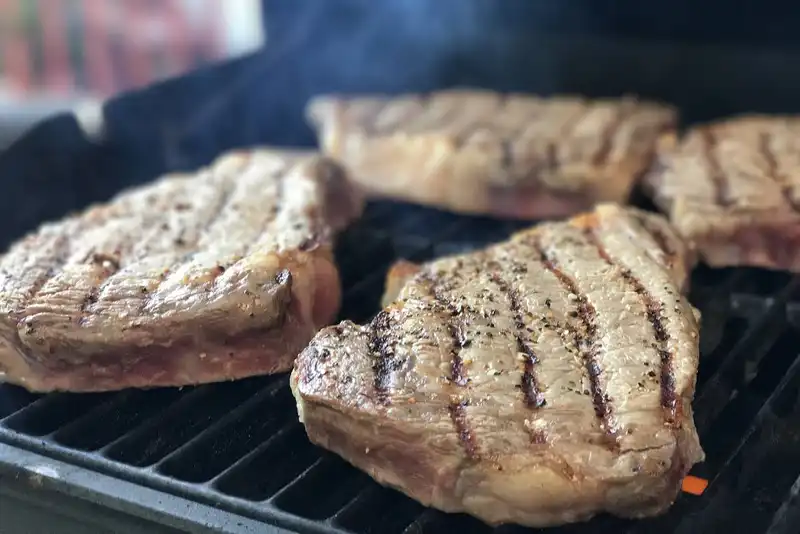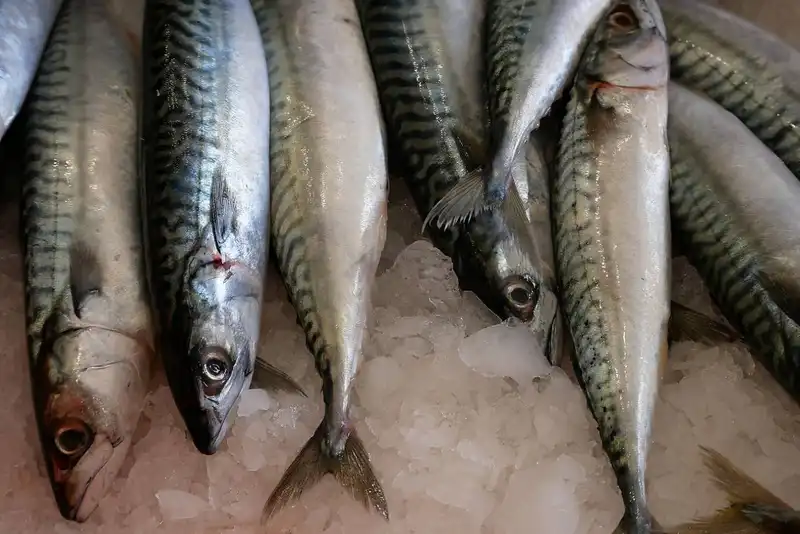What to Know About All Things Food Cost
Food Cost- What is it?
Food cost is the ratio of the food inventory used in the restaurants along with the revenue those ingredients generate through food sales. It's referred to as food cost percentages to better confirm the sales to cost ratios.
The percentages are used to set forth a precedence for the menu pricing. By establishing this cost it will help restaurant managers to optimize profits. Understanding food costs is invaluable when it comes to the bookkeeping of a restaurant business.
Food Cost Calculator & Food Cost Formula
The food cost formula used in most restaurants is-
Food Cost = (Beginning Inventory + Purchases - Ending Inventory) / Food Sales
These are the steps to calculate food cost-
Step 1- Determine Inventory Usage
To calculate food cost the inventory usage will need to be calculated first. That means determining how much product the restaurant has during a certain period of time. The formula for the suggested usage would look like this-
Beginning Inventory + Purchases - Ending Inventory = Inventory Usage
Whatever is available on the first of the month will account for the beginning inventory. The ending inventory includes the items remaining on the last day of the month. If any other inventory has been ordered within the month that will also need to be factored in. Those items are considered the purchases.
Step 2- Find Total Sales
Sales can be found through the POS system or calculated manually by multiplying the amount of product sold during the month by its sales price.
Step 3- Use Food Cost Formula
Once the numbers from steps 1 and 2 are determined then the food cost formula is used to calculate the average cost of a dish's sale price.
What is Food Cost Percentage?

Food cost percentage is a term the food industry uses that is simply another term for food cost. It examines the cost of goods sold against daily sales to determine if the menu items are the proper pricing for the best ROI.
How to calculate food cost percentage
In order to calculate food cost percentage, the restaurant would it is divided by the cost of goods sold and revenue earned. This is the standard formula for the restaurant business to maintain accuracy for their sales figures.
What is the best food cost percentage to have?
The food cost percentage that is best will be determine by the operation costs and cost of ingredients or other foods. The average food cost percentage most restaurants post is 28-32% but will vary.
How to Calculate Cost of Goods Sold

Calculating the cost of goods sold starts with having the information of these values-
- Beginning inventory- Value of inventory leftover from the previous period.
- Purchased inventory- Inventory purchased made for the next time period.
- Ending inventory- Monetary value of the inventory leftover at the end of the time period.
The formula for finding the cost of goods sold is a simple method of adding the value of the beginning inventory and purchased inventory together and then subtracting the value of the ending inventory from that number.
Why is Food Cost Important?
Having a profitable restaurant comes from determining its food cost. If the food cost is unknown the reports won't show accurate information. Without having the right information for the food cost any increases will wind up being a guess. Any budgeting of the restaurant's future costs will fail because the food budget won't reflect the proper food cost.
When the total food cost is factored it helps to ensure menu items are priced correctly for maximum profit. Tracking food cost consistently will highlight when and where pricing can be adjusted. Knowing the specific cost percentage breakdown is necessary for this to work.
The best way to stay on top of food cost is by having an inventory schedule that is followed daily. Inventory management will provide a better outlook on the profit margins. Inventory software can make this task less daunting and reveal more accurate numbers.
Ideal Food Cost vs. Actual Food Cost

Actual food cost is a very basic, yet very important calculation. When food cost is calculated it is usually the actual food cost which is being sought. The formula relies on the inventory count and looks like this-
Actual Cost of Goods Sold = (Beginning Inventory + New Inventory Purchased) Ending Inventory
For the figures to be accurate, inventory counts should be done at the same time in the morning or end of day.
Calculating Ideal Food Cost
Ideal Food Cost is a theoretic idea of what the food cost should come in at. A very accurate account of ingredients per menu item will factor into this equation. It would include all food products used for the dish and also any paper costs like containers or napkins used. The formula would present as this-
Ideal Cost of Goods Sold = (Item A Food Cost x Units of A sold) + (Item B Food Cost x Units of B sold) + (and so on)
Because menus have more than one item, and the menu item uses more than one ingredient, doing this calculation manually each week can be time consuming and may not be accurate.
A point-of-sale (POS) system tied directly to the inventory can streamline this process. It can generate detailed reports in half the time a human hand would. doing it manually.
Ways for Technology to Improve Food Costs

Technology has proved to streamline the effectiveness restaurant duties such as tracking food costs. Many restaurant managers are now relying on some form of restaurant technology to make their jobs a little easier.
The results of this have allowed more information based decisions that increase profit, optimize processes and save time. Here are a few of the ways incorporating technology into the restaurant business will help save on food costs-
1. Analyze menu mix
Cloud-based, back-office software has become the norm for most restaurants and food businesses. It provides a full system that integrates sales and cost information in real-time. Sale performance from different locations can be compared regardless of which POS is being used. This lets restaurant managers take action faster.
2. Optimize supply chain
The food supply chain is paramount to the success of producers, distributors and retailers of food. Mobile apps make this process easier with a strong analysis of the inventory on hand and a digital record to back it up. The apps integrate with any back office software and automatically puts in a purchase order when inventory falls low.
3. Cut waste and manage margins
Having proper refrigeration can mean the difference between food spoiling and going to waste or not. Regular temperature checks can be done easily using a Bluetooth connected thermometer. If the refrigeration unit is off by a few degrees an alert will be sent out to the staff so adjustments can be made before food spoils.
Any of these technological advancements can help spot a problem before it grows and negatively impacts the bottom line. They can also reduce food costs without sacrificing any quality standards.
Conclusion to Food Cost
- The food cost percentage will vary by restaurant but most report an average of 28-32%
- The food cost formula is- Food Cost = (Beginning Inventory + Purchases - Ending Inventory) / Food Sales
- Restaurant technology can markedly improve the output of food cost sales





